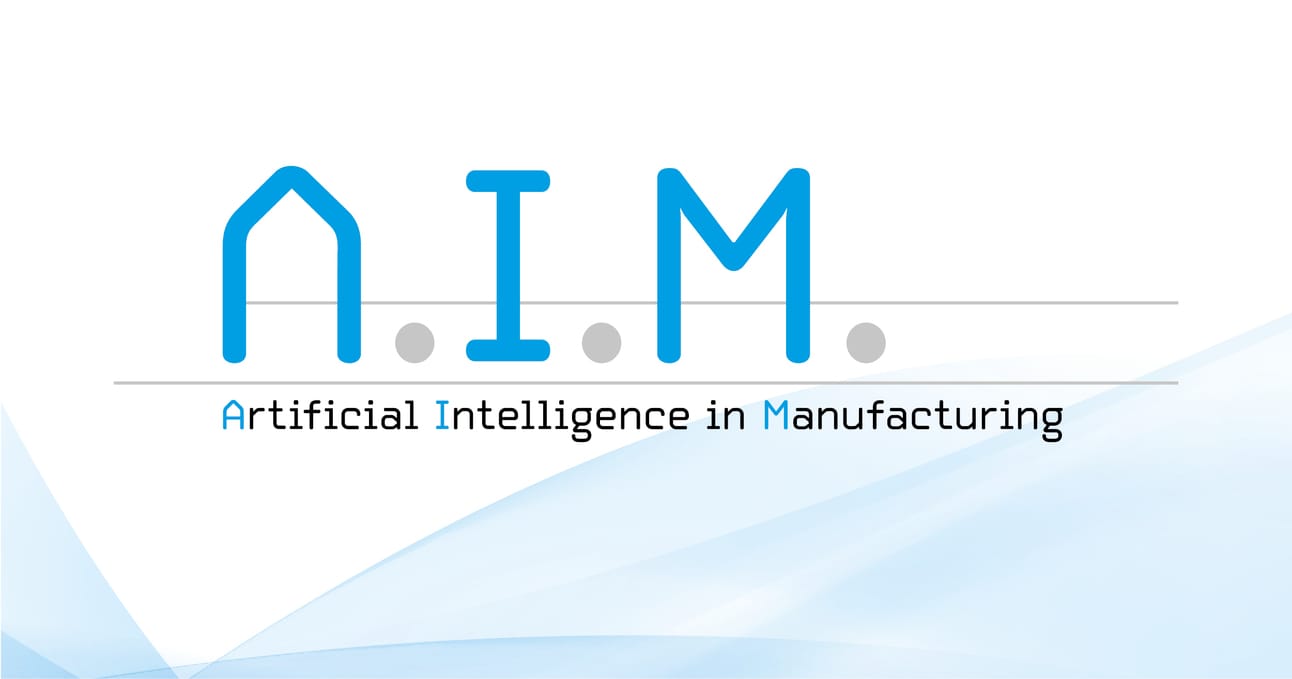- AI in Manufacturing
- Posts
- Beyond the Prototype: Are Smart Factories Ready for Prime Time?
Beyond the Prototype: Are Smart Factories Ready for Prime Time?
Plus, a closer look at Europe’s rising industrial AI stars, the evolution of smart fashion factories, how digital twins are bridging physical and virtual production, a humanoid robot making waves (and raising funds), and more!


As AI continues to evolve from promising concept to practical tool, this week’s stories highlight just how wide-ranging its impact is becoming – from digital twins in precision factories to waste reduction in fashion, smart welding cells to humanoid robots. Let’s dive in…
A European startup has just raised fresh capital to tackle one of the industry's most persistent challenges: managing the lifecycle of complex machinery. Their AI-enabled platform offers a more connected approach to after-sales service – helping manufacturers turn maintenance into a value driver rather than a cost sink.
Meanwhile, across the globe, the fashion industry is exploring its next frontier – the smart factory. With trials underway in Australia, the sector is beginning to ask how AI and automation could make local, on-demand production not just viable but competitive. Could this be the model that reshapes textile manufacturing?
On the topic of transformation, several manufacturers in Asia are already putting AI to work through digital twins. By mirroring physical environments in rich virtual models, they’re gaining insights that help fine-tune production in real time – a shift that’s starting to blur the line between simulation and control.
A legacy factory in Europe is showing how digitalisation can be introduced without disruption. By embedding AI into component production lines, they’re enhancing quality control and unlocking new efficiencies – not with sweeping overhauls, but with precise, focused upgrades.
And while some are improving processes, others are rethinking materials. In the world of apparel, machine learning is being used to track defects, optimise fabric use, and reduce waste at scale. It’s a reminder that sustainability gains are often found in the data we already have.
Speaking of bold bets, a new humanoid robot startup is gaining serious traction, with a $100M funding round reportedly in motion. Their vision? To address labour shortages with AI-powered machines designed for the complexity of human-centric tasks. Ambitious – but increasingly plausible.
Across Southeast Asia, AI adoption is shifting from pilot projects to production strategies. Regional manufacturers are pushing forward with embedded intelligence, especially in sectors like electronics and automotive. It’s a strong signal that smart manufacturing is now a competitive necessity, not a curiosity.
Meanwhile, in welding – one of the toughest jobs to automate – a new system is combining AI and advanced positioning tech to close the gap. The result is faster deployment, less manual calibration, and a glimpse at how AI might finally solve the small-batch welding challenge.
Thanks for reading – and as always, feel free to hit reply and share what you’re seeing on your side of the manufacturing world. To stay ahead of the curve in the world of AI in manufacturing, you can follow us on LinkedIn for daily updates and breaking news. Here’s to another week of smart, AI-powered innovation!


